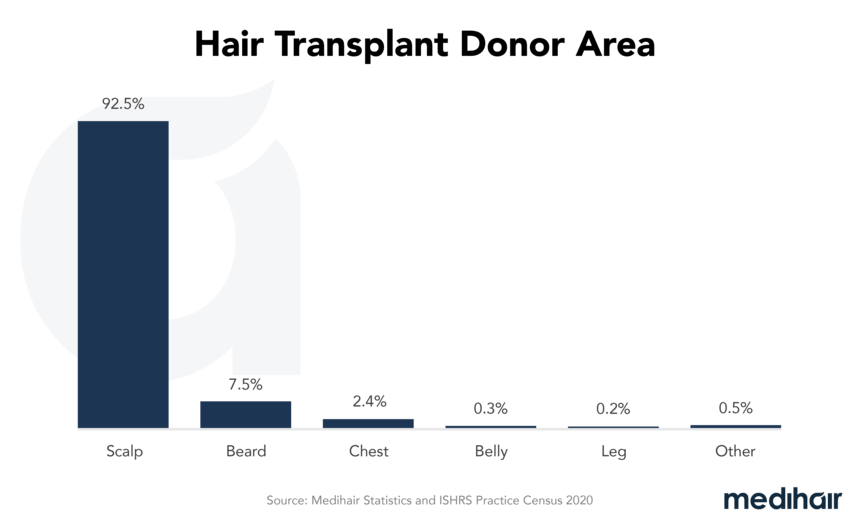Is a hair transplant permanent?

How long does a hair transplant last? This is one of the most common questions asked by individuals curious about hair transplantation. The short answer is yes, but if you would like to know how lasting results are achieved continue to read on.
We will explain the science behind hair loss and donor areas, as well as why some patients receive additional surgery despite the permanence of the surgery.
In a Nutshell
| Time Until Result | 6 - 12 Month |
| Lifetime | Infinite |
| Multiple Transplants | Possible |
- Free
- Fast
- Non-binding
Frequently Asked Questions
Will a hair transplant last forever?
What is the success rate of a hair transplant?
Is a hair transplant reversible?
Sources



